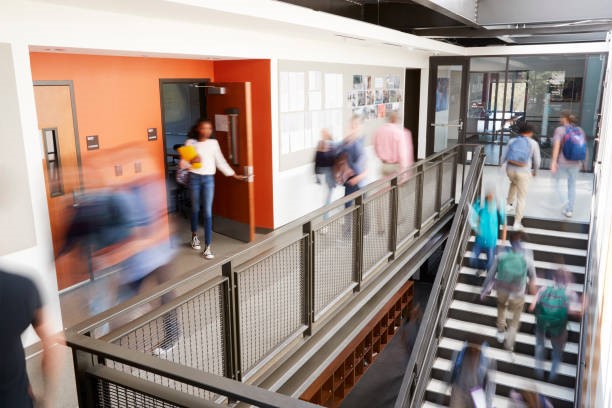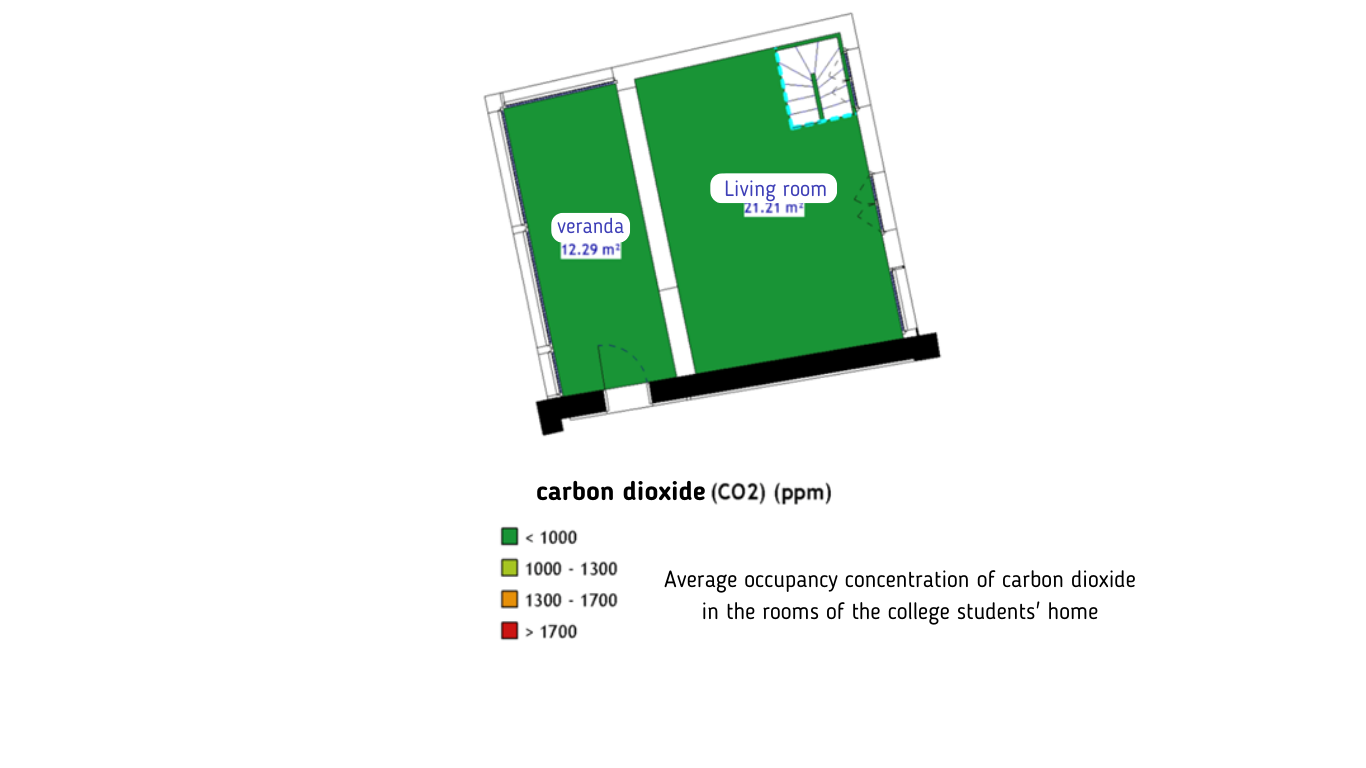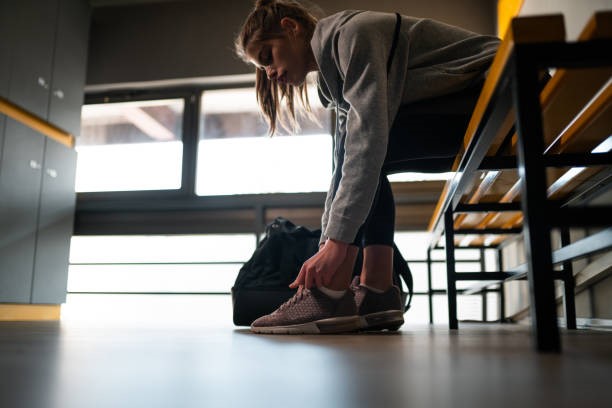- Solutions
- Sector
TYPE OF BUILDING
- References
- Resources
- Octopus Lab
- English
TYPE OF BUILDING
In the news, there is a lot of talk about CO2 , or carbon dioxide, to monitor in schools. One of the highlights of this 2021 school year has been the recommendation by the National Education to use sensors that measure CO2 .
For what purpose ? To protect students and teachers from coronavirus ! And yes, it is indeed the Covid-19 which brought to light this small molecule. But, let us be well agreed, CO2 does not play any role in the propagation of the virus. So why are we talking about it so much ?
Consisting of one carbon atom and two oxygen atoms… OK, I’ll lose you. Let’s keep it short.
Carbon dioxide is emitted by living things when they exhale and is a good indicator of indoor air renewal. When there are occupants in a room, the CO2 level will naturally increase.
Opening a window or a door, or using a ventilation system, will renew the air (well… opening a window for 5 minutes between two classes crowded with students doesn’t cause a miracle either but we’ll talk about that in a future article).
In any case, generally, the carbon dioxide levels in the room decrease.

To make the link with the coronavirus, this one travels partly in the air. If the room is well ventilated (indicated by a low CO2 measurement), the virus will be eliminated more quickly. The occupants will be exposed to lower viral loads and thus less contaminated.
But let’s go back to the subject, because if we now often associate CO2 and Covid, this gas already existed before! And so did air pollution. Therefore, measuring the CO2 level also allows to characterize the efficiency of the ventilation and aeration means, and the indoor air quality.
But, between us, the best thing to do is to install sensors that also measure fine particles and volatile organic compounds for the sanitary aspect, but let’s move on – that will be for another time!
It is important to know that high levels of CO2 over a long period of time can have adverse effects on exposed individuals such as lack of concentration, decreased productivity, fatigue, irritation, headaches (Satish and al., 2012).
The CO2 thresholds generally used (and which will be used as a reference in this study) are the following :

*Standard Departmental Health Regulations (SDHR) https://aida.ineris.fr/consultation_document/8513
*Index ICONE: The index of air containment in schools characterizes the quality of air renewal in a room for a given occupation. It varies from 0 to 5. The levels of very high (4) and extreme (5) containment indicate that the air renewal is insufficient and the situations are considered very worrying
(Source: Decree No. 2012-14 of January 5, 2012 on the evaluation of the means of ventilation and the measurement of pollutants carried out under the monitoring of indoor air quality in certain establishments open to the public).

For all these reasons, requirements to be respected in terms of indoor air quality, and in particular carbon dioxide, are increasingly requested from the design stage and during renovation by building owners (see Egis and Area feedback videos).
And here come the modeling !
Thanks to simulations on the INDALOⓇ software, it is possible to study the evolution of current pollution levels and those after renovation. You can thus check whether the solutions envisaged are relevant or… on the contrary, to be reviewed.
After this very long introduction, discover our case study on a college refurbishment project subject to CO2 level requirements.
Let’s move on to more detailed explanations.
We are interested here in two spaces within a college:

What are the carbon dioxide requirements for this project? An average CO2 level of 1000 ppm and a maximum value of 1700 ppm is required.
As previously explained, a CO2 level of 1000 ppm or less corresponds to optimal occupant comfort. The maximum threshold is set at 1700 ppm. At this level, the cognitive performance and the perception of comfort of the occupant are strongly degraded.
A little context doesn’t hurt! However, a study without results would not be a study. What did we see at the end of the study conducted here? Let’s dive into the simulations and the results..
First, let’s talk about the students’ home at this college.
At present, and therefore without renovation, the CO2 level in this room is 1090 ppm on average during the periods of occupancy, which is above the set threshold. Moreover, it is possible to reach a maximum of 1130 ppm in the living room.
Indeed, the ventilation is stopped from 18h, time at which the students leave the school. Therefore, in the simulations, the carbon dioxide levels of the previous day do not have time to go down completely before the ventilation is switched on the following day, corresponding to the return of the students.
Thus, in this simulation context, the 1000 ppm threshold is exceeded as soon as there are occupants. Moreover, the containment is defined as average according to the ICONE* index. Ouch, red alert !
So no, don’t panic, let’s put it into perspective! These levels are indeed not alarming knowing that it is necessary to reach concentrations of the order of 1700 ppm to start feeling a discomfort or difficulties of concentration (and the peaks of concentration remain 30% lower than this limit value).
However, if we wish to respect the requirements fixed by the owner, it is necessary to improve the ventilation of the places. This is why the design office proposes the installation of a double flow ventilation system. This will make it possible to maintain carbon dioxide levels around the threshold of 1000 ppm during the occupation period. The comfort of the occupants will therefore be optimal.
The proof is in the pictures! A beautiful dark green, result of the simulation after installation of the double flow system

Still here ? So, let’s continue with another situation: the locker rooms. I remind you that in these college locker rooms, there is no ventilation.

Consequently, this leads to very high levels of carbon dioxide when they are occupied. Beware, this time the maximum concentration of CO2 measured is around 4000 ppm (small reminder, limit value: 1700 ppm). Awful !
But, why such a high level ? In the absence of ventilation in the changing rooms, the CO2 concentration decreases very slowly. It takes almost 8 hours for it to drop below 1000 ppm after the locker room has been occupied for only 30 minutes. We have tested three scenarios with different sealing.
Not surprisingly, we find that the lower the permeability in these locker rooms, the higher the CO2 level in them.
As a result, it takes longer to get back down below the 1000 ppm threshold. None of the three scenarios modeled reduce CO2 levels enough to stay below the 1700 ppm threshold. The ICONE index is high, which can lead to discomfort even though the exposure period is low. It is clear that the requirements for carbon dioxide levels will not be met for these rooms in this configuration.
Nevertheless, it is possible to improve comfort in the locker rooms by simple actions: leaving the doors and windows open as much as possible between two periods of occupancy of the locker rooms, and opening the windows when they are occupied. This ventilation will avoid too high levels of carbon dioxide. The best solution, however, is to install an adequate ventilation system. This will ensure that the CO2 requirements are met.
In the end, indoor air quality simulations with INDALOⓇ have once again demonstrated their usefulness. With modeling, it is easy to verify if one’s ventilation choices will be able to meet the requirements set by the client.
In this study, a double flow system is relevant in the students’ foyer to achieve the set objectives. In the locker rooms, the situation is clearly more alarming and it will be necessary to systematically leave doors and windows open between each class. The best solution is to install a ventilation system.
INDALOⓇ can also be used to assess the infectious risk from Covid. It would also have been interesting to know the sanitary status of these places during a pandemic, in order to adjust if necessary the ventilation profiles or the ventilation recommendations.
Par A.M. et M.B.